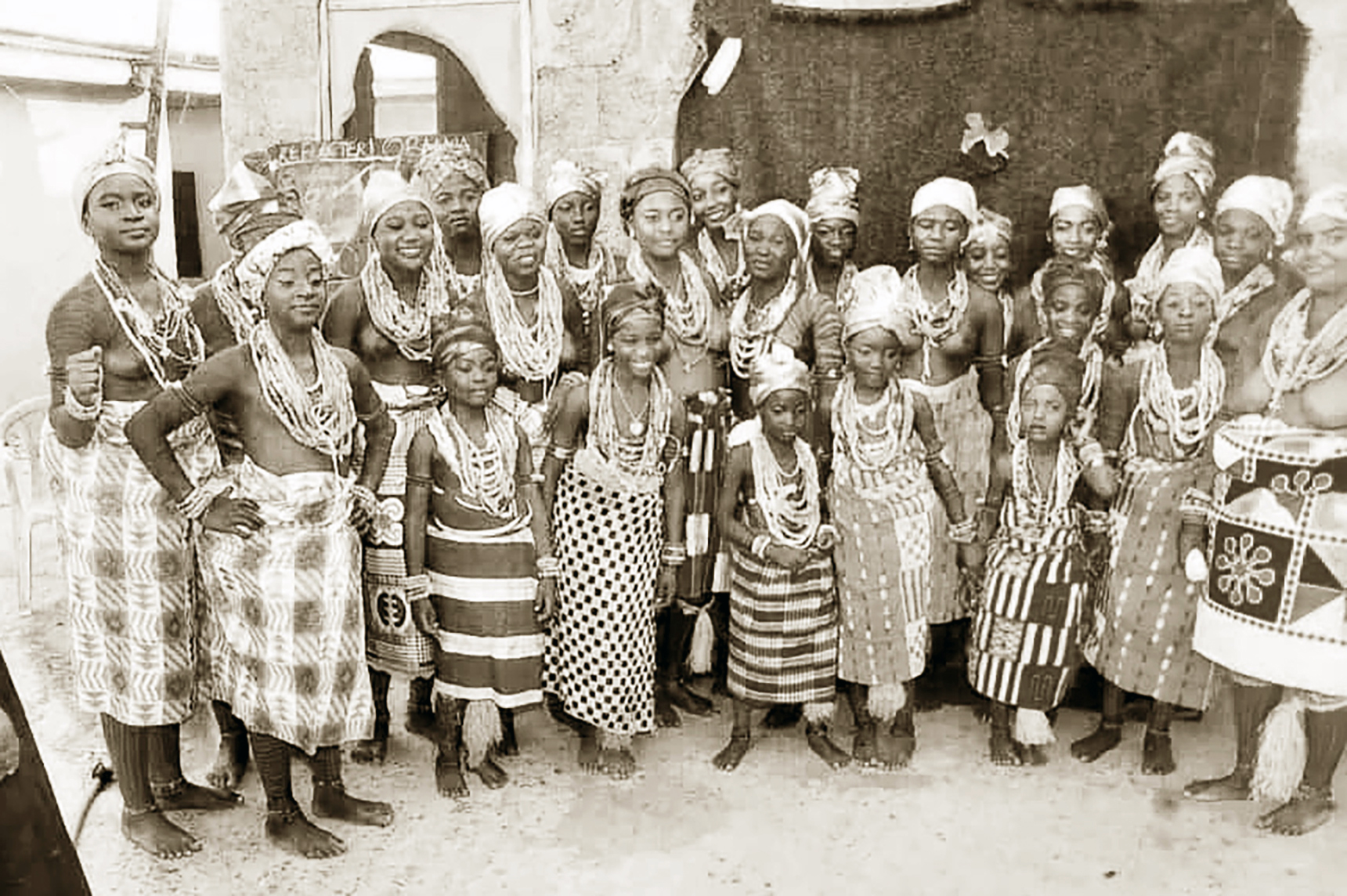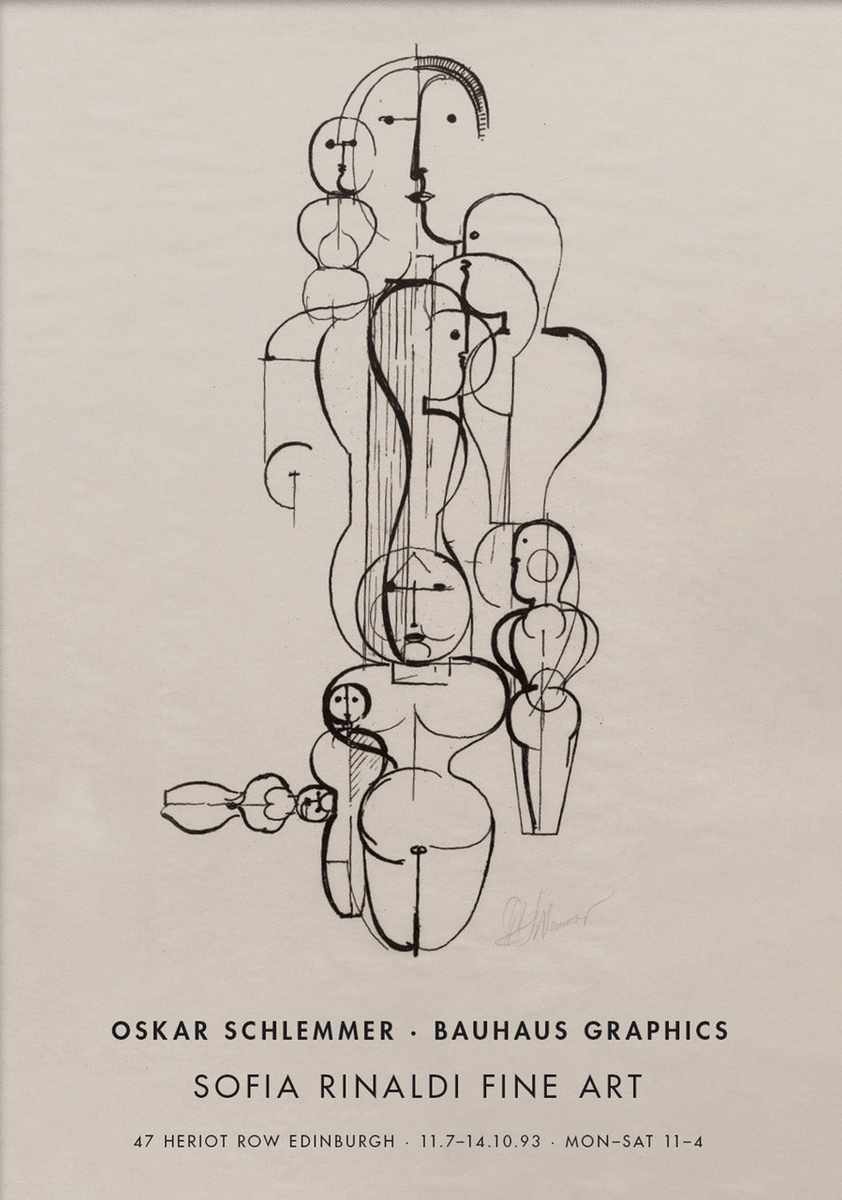wolfgang-jaenicke
A PramPram couple
A PramPram couple
Couldn't load pickup availability
A PramPram couple with pointed, angled limbs and spherical heads, the female figure carrying a child on her back, extremely hard wood largely covered with an earthy patina.
Representations of physically deformed or “handicapped” figures in West African art do not depict disability in the Western sense of social marginality or misfortune. Rather, they convey symbolic, spiritual, and philosophical meanings deeply rooted in the cosmologies of the societies that produced them.
Among the Yoruba, Bamana, Dogon, Baule and also PramPram, bodily irregularity is often associated with liminality — the state between the visible and the invisible world. Physical difference marks the figure as spiritually potent, endowed with access to divine or ancestral power (àṣẹ among the Yoruba), and therefore as a medium through which sacred knowledge may be transmitted.¹ Such figures are not “lesser beings” but exceptional ones, whose deviation from the norm indicates proximity to forces that transcend ordinary human boundaries.²
In royal or cultic settings, representations of the deformed or the crippled frequently appear as guardians, musicians, or diviners, emphasizing the sacred presence they serve.³ Their physical distortion functions as a metaphor for spiritual transformation, imbalance, or possession — conditions that open a channel between human and divine.
Scholars have further suggested that such sculptural forms may encode commentary on broader human conditions: the fragility of power, the inevitability of decay, or the ambiguity of beauty.⁴ Rather than idealizing symmetry and proportion, these works express an aesthetic of tension, where imperfection itself becomes a vessel of vitality and meaning.
In the coastal Ga communities of Ghana, particularly in Prampram, sculptural representations of bodily irregularity or physical handicap are rare but conceptually significant. They often appear within ritual or funerary contexts, where the body becomes a metaphor for the relationship between the living, the ancestors, and the spiritual realm. The example from Prampram verifies this conception through its deliberate distortion of form, which functions not as a record of infirmity but as a visual marker of liminality and spiritual agency.
Within Ga cosmology, the human body is understood as a vessel of both physical and metaphysical energy. When its integrity is altered—through deformation, disproportion, or truncation—the image assumes a heightened ritual charge, evoking the idea that spiritual potency may emerge precisely where the natural order appears disturbed.¹ Figures of this type are frequently connected to healing, divination, or ancestral mediation, suggesting that imperfection, far from diminishing sacred value, intensifies the presence of the invisible.
The Prampram figure of the Wolfgang Jaenicke Collection thus aligns conceptually with wider West African traditions, such as the Yoruba or Baule, in which deviation from corporeal ideality signals an enhanced spiritual condition. Its expressive imbalance, accentuated limbs, and compressed torso recall the aesthetic of spiritual intermediaries or ritual specialists whose bodies embody the paradox of human limitation and divine empowerment.²
Through this sculptural idiom, the Prampram artist renders the body not as a closed system but as a porous threshold between the tangible and the transcendent.³ The “handicapped” form, therefore, becomes a theological image — an embodiment of the instability and permeability of human existence before the gods and the ancestors.
¹ Henry Drewal, John Pemberton III, Rowland Abiodun, Yoruba: Nine Centuries of African Art and Thought, New York 1989.
² Suzanne Preston Blier, The Royal Arts of Africa: The Majesty of Form, New York 1998.
³ Jean Laude, La sculpture africaine, Paris 1966.
⁴ Herbert M. Cole, “Maternity and its Discontents in African Art,” African Arts, Vol. 26, No. 2 (1993).
⁴ Marion Kilson, Kpele Lala: Ga Religious Songs and Symbols, Cambridge 1971.
A stylistic correspondence between Oskar Schlemmer’s sculptural work and the figures from Prampram, on Ghana’s southeastern coast (in the cultural sphere of the Ga and Dangme peoples), can be found above all in their shared abstraction of the human body and their treatment of the figure as a bearer of spatial rhythm and structural order.
Schlemmer, known for his Bauhaus explorations such as Das Triadische Ballett, transformed the human body into a system of geometric forms—spheres, cylinders, and cones—reducing anatomy to a constructive principle. His aim was not to reproduce the body but to express its relation to space, motion, and proportion. The carved figures from Prampram, though belonging to an entirely different cultural and ritual context, display a comparable tendency toward formal reduction and tectonic structure. Their bodies are conceived as ordered, architectural entities rather than naturalistic portrayals, composed along clear vertical axes and with a strong sense of balance and inner repose.
In both Schlemmer’s modernist aesthetic and the traditional sculpture of Prampram, the human figure becomes a vessel of abstract meaning. For Schlemmer, this meaning is rational and utopian, seeking harmony between body, machine, and spatial law; for the Prampram sculptors, it is spiritual and metaphysical, reflecting the embodiment of kra—the vital principle—in a stable, idealized form.
The affinity between them lies not in influence but in analogy. Each translates the human body into a universal language of geometry and measure. Both express, through reduction and equilibrium, a vision of the body as a mediator between material and transcendent order—the modernist search for a total form and the ritual assertion of spiritual presence converging in a shared grammar of abstraction.
at emphasizes both physical presence and dance-like movement.

While the Prampram sculptures are primarily rooted in a ritual, spiritual context, Schlemmer's figures function as part of an avant-garde form of artistic expression that explores the interplay of body, space, and movement. Formally, both works share a focus on geometric forms and a reduction of the figurative to its essentials. Both abandon the concept of naturalistic representation in favor of a symbolic, abstracted formal language. Nevertheless, in the Prampram sculptures, the connection between form and spiritual function is inextricable, whereas Schlemmer places greater emphasis on the aesthetic and performative dimension. In summary, the comparison illustrates how different cultural contexts utilize the same formal principles—geometrization, abstraction, rhythm—in specific ways. The Prampram sculptures connect these principles with a vibrant ritual practice and social meaning, whereas Schlemmer places them within the framework of a modern art aesthetic and experimental stage performance. Both impressively demonstrate how the human body functions as a formal and symbolic medium, thus negotiating fundamental questions of identity, expression, and transcendence.
Height: 310 cm / 270 cm
Weight: 35,5 g / 33,5 g


















































































